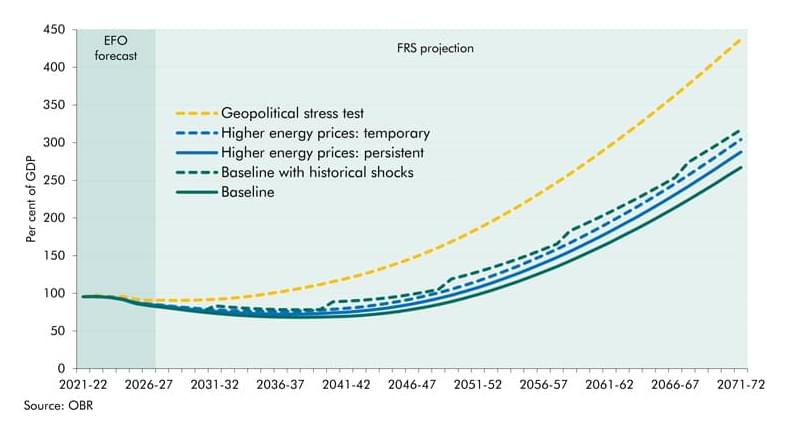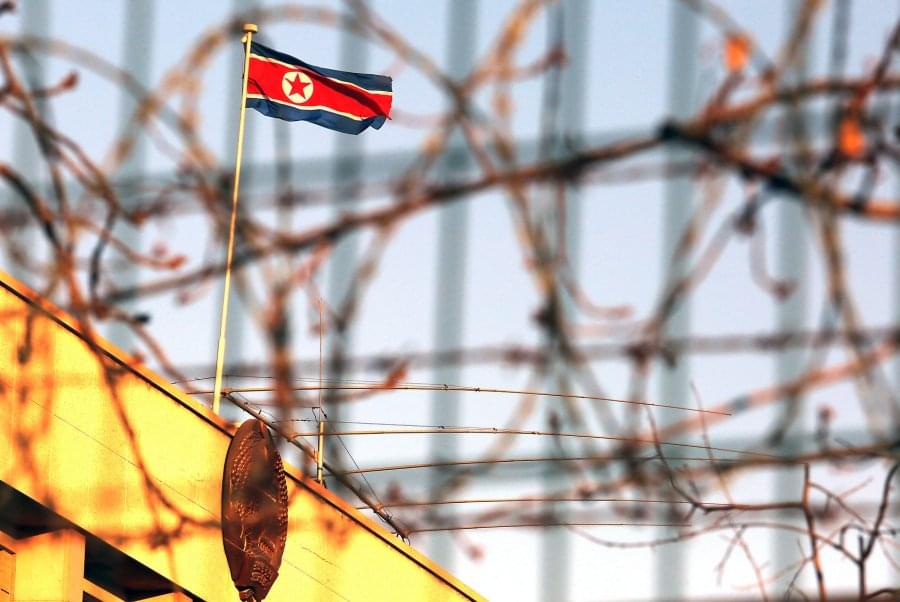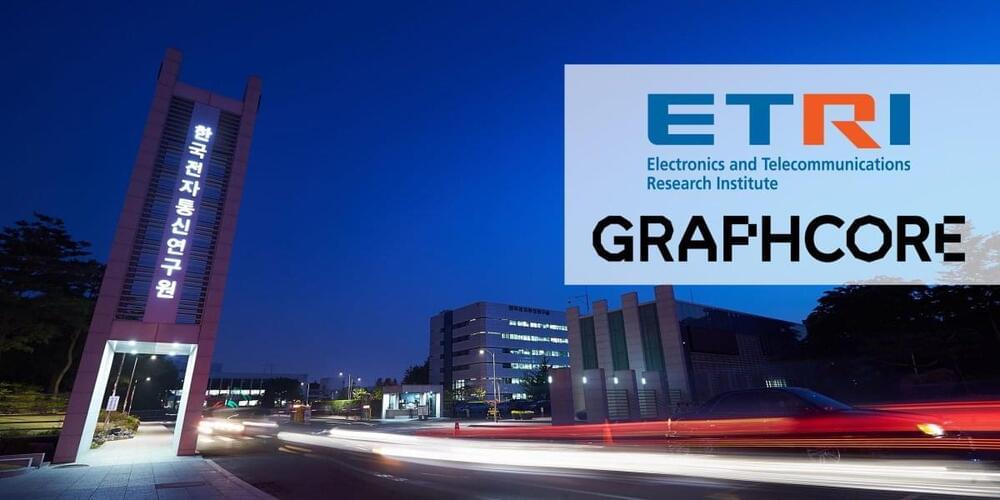Surveillance, Preparedness & Health Security In Critical Disease Emergencies — Dr. Rosamund Lewis, MD, Head, WHO Smallpox Secretariat, Technical Lead for Monkeypox.
Dr. Rosamund Lewis, MD, is Head, WHO Smallpox Secretariat, Emerging Diseases and Zoonoses Unit, World Health Emergencies Programme, at the World Health Organization in Geneva, Switzerland, leading on emergency preparedness and advising on health security for the agency in this very critical domain, including as technical lead for Monkeypox. She also holds an appointment as Adjunct Professor in the School of Epidemiology and Public Health, University of Ottawa.
Previous to this role, Dr. Lewis joined the WHO COVID-19 response team as the health sciences lead for management of infodemics.
A public health physician with an early career in family and emergency medicine, Dr. Lewis has served the WHO, the Government of Canada, Ottawa Public Health and other agencies at global, national and municipal levels in emergency preparedness, health security, disease surveillance and response, offering country support for a range of immunization and disease control programs.
Dr. Lewis has served other roles focused on field epidemiology in emergency settings with organizations like Doctors Without Borders, and new vaccines and health systems development with the Global Vaccine Alliance (GAVI).







